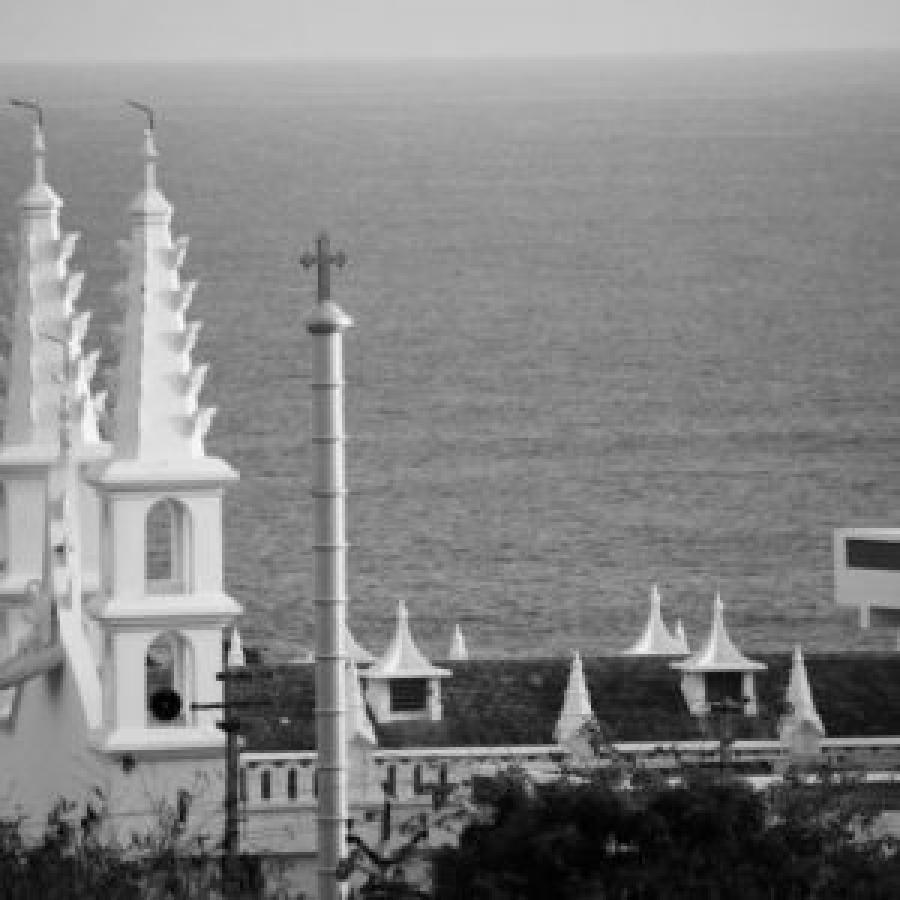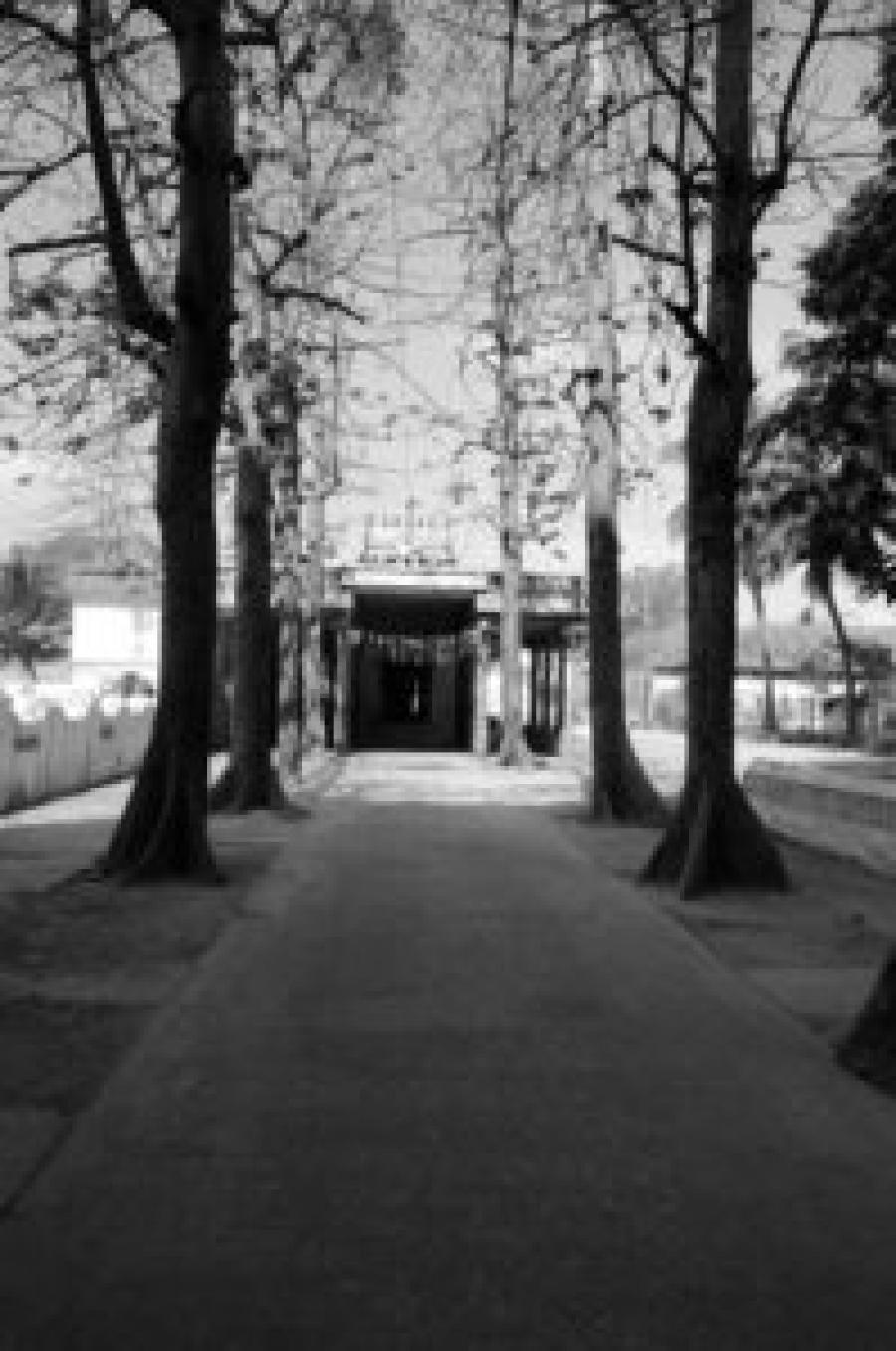After a days break at Srirangam, we started the second leg of our journey to Nagercoil yesterday. After a sumptuous lunch, we were literally thrown out of the house by 11:45 AM. My grandmother will not allow us to start a journey during Yamagandam – she is progressive in many ways, but will not allow anyone to touch the kitchen vessels (Theetu) or move her out of Srirangam away from her only god Ranganathar. It was a smooth ride till Nagercoil, passing through beautiful terrain filled with windmill farms and green pastures. We reached Nagercoil by 6 PM. Before we started from Srirangam, my father called his friend in Nagercoil and informed him that Varishta and I will be staying at his place. We enjoyed the friendly company and hospitality of my dad’s friend and his wife. Our day started with my father’s friend accompanying us to the Department of Handicrafts office. Unfortunately for us, the A.D was delayed and I insisted on dropping my father’s friend back home, as we had to go directly from here to Kanyakumari. By the time I got back to the office, the main officer in-charge had reached and we had a very fruitful discussion. I have never seen someone more interested in reviving the lost arts and traditions of the state. He was helpful beyond words. He gave us a published document done by the government of Tamil Nadu with contact details of all the artisans in South TN districts. This also included the type of craftwork they do. With 40 pages of more authentic information, we were rejuvenated to reach out to each and every one of these artisans. We started toward Kanyakumari and Varishta was reviewing the document to see if we could meet some artisan on the way. Just as we were reaching Pottyadi, she asked me to stop, as there was one artisan here who makes handicrafts with coconut coir, seashells and palm leaves. We went in search of Ms. Saraswati, and found her house. We had an amazing interaction with this 60-year-old woman who has learnt the art all by herself and is instrumental in working with the department of handicrafts in training more people in this art. She was saddened by the current situation where there are no takers for the craft and how it’s dying a slow death. She spoke for more than two hours with us. She showered us with hospitality by taking a few coconuts from the tree in her house, cut it open and gave it to us. It was the best coconut water we’ve had in many years. After this interesting discussion, we moved to Kanyakumari and while having lunch and also sifting through the list from the A.D, we identified Ms. Lily Mary, an expert in mat printing. We spoke to her and reached her place thirty minutes past three. This was one of the longest monologues I had ever heard. She spoke so fast that we did not understand 70% of it. We could somewhat identify what she was talking about based on the context. She was a high-energy person who was equally thrilled to work with us if we could help her revive the art. She spoke about her family where she is a Christian, husband is a Muslim and her daughters-in-law are Hindus. She took enormous pride in the diversity they have within this one household. After speaking with Mary, I had many questions running through my mind. How did a civilization that valued traditions, artists and art, arrive at a situation where our artisans are living meagerly thinking about survival and lack of recognition for their art? I heard about how the government tries to create an ecosystem to enrich these arts by conducting training programs, but the economic scenario is so poor that no new artisans take these art forms to the next level. Another question that kept bothering me was around the economics of creating more value by these artisans that can impact better pricing for these products. From all the artisans I met, the key challenge seems to be around increasing cost of raw material and poor margins on sale. They have not been able to create value for products made exclusively by these artisans, thereby resulting in pricing pressure for traditional products. Zishta’s approach has to be about showcasing the skill required in making these products so we create more value for the artisans and their products. It was an interesting day with a number of questions that need to be answered and I believe Zishta has tremendous potential to address these challenges. Praying to have a more productive next day.




Leave a comment
All comments are moderated before being published.
This site is protected by hCaptcha and the hCaptcha Privacy Policy and Terms of Service apply.